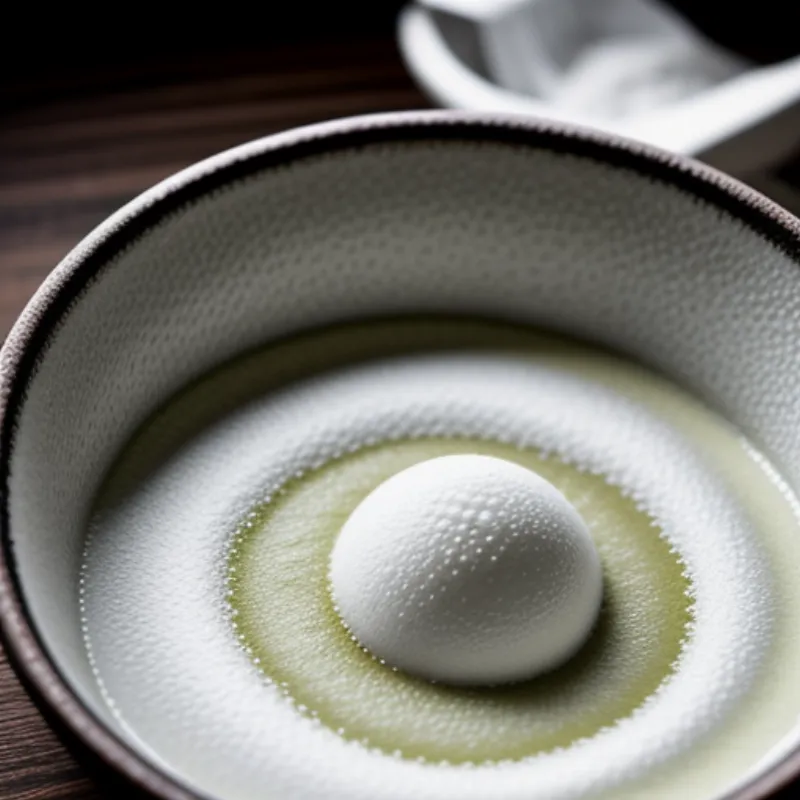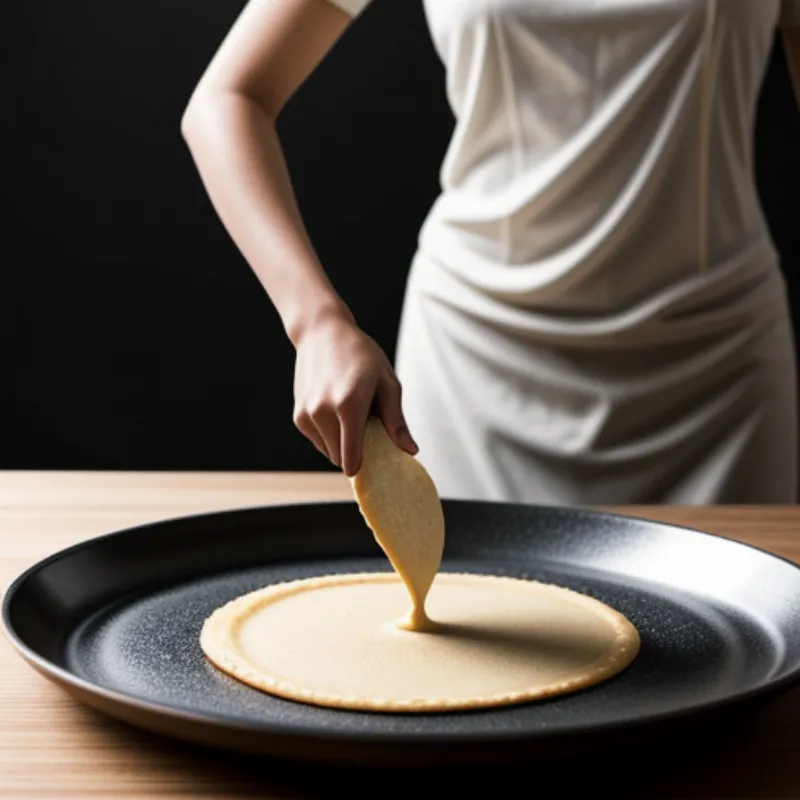Dosa, a beloved South Indian staple, is a thin, crispy pancake made from fermented rice and lentil batter. Its unique texture and tangy flavor have captured the hearts and taste buds of people worldwide. This guide will take you on a culinary journey, revealing the secrets to making perfect dosas in the comfort of your own home. Get ready to impress your family and friends with this delicious and versatile dish.
Ingredients for Authentic Dosa Batter
Making dosa batter from scratch is a labor of love, but the results are well worth the effort. Here’s what you’ll need:
- 2 cups parboiled rice (also known as idli rice or dosa rice)
- 1 cup urad dal (split black gram without skin)
- 1/4 cup chana dal (split Bengal gram) – optional, for added crispiness
- 1/2 teaspoon fenugreek seeds
- Salt to taste
- Water for soaking and grinding
A Word on Ingredients:
The type of rice you use significantly impacts the dosa’s texture. Parboiled rice yields crispier dosas, while regular long-grain rice results in softer ones. “I always recommend using parboiled rice for that signature dosa crunch,” advises Chef Priya Kumar, a renowned South Indian cuisine expert.
Equipment for Dosa Perfection
- Large bowl for soaking
- Grinder or blender
- Non-stick skillet or dosa tawa (a flat, round pan)
- Spatula
- Ladle
Step-by-Step Dosa Making Process:
-
Soaking: Rinse the rice, urad dal, chana dal (if using), and fenugreek seeds thoroughly in several changes of water. Soak them in a large bowl with enough water to cover them by 2-3 inches. Let them soak for at least 6-8 hours, or overnight for best results.
-
Grinding: Drain the soaked ingredients and transfer them to a grinder or blender. Add small amounts of water at a time and grind to a smooth, thick batter. The batter should be pourable but not too watery.
-
Fermentation: Transfer the batter to a large container, cover loosely, and leave it to ferment in a warm place for 8-12 hours, or until it’s light and airy. The fermentation time may vary depending on the temperature and humidity.
-
Making the Dosa: Heat a non-stick skillet or dosa tawa over medium heat. Sprinkle a few drops of water on the hot tawa – it should sizzle immediately. Pour a ladleful of batter onto the center of the tawa and quickly spread it outwards in a circular motion to form a thin crepe.
-
Cooking: Drizzle a little oil or ghee around the edges and over the dosa. Cook for 1-2 minutes, or until the underside is golden brown and crispy.
-
Flipping (Optional): If you prefer a crispier dosa, you can flip it and cook for another 30 seconds on the other side.
-
Serving: Fold the dosa in half or into a cone shape. Serve hot with your favorite chutneys, sambar, or fillings of your choice.
 Dosa Batter
Dosa Batter
Tips and Tricks for Dosa Success:
- For extra crispy dosas, add 1-2 tablespoons of cooked rice to the batter while grinding.
- If the batter is too thick, add a little water at a time and mix well. If it’s too thin, add a spoonful of rice flour.
- To prevent the dosa from sticking to the pan, ensure the tawa is properly seasoned and heated before pouring the batter.
- Experiment with different fillings: from classic potato masala to paneer, cheese, or even chocolate spread, the possibilities are endless!
 Cooking Dosa
Cooking Dosa
Frequently Asked Questions:
Can I use a regular blender to grind the batter?
Yes, a regular blender can be used, but it might take a bit longer to achieve a smooth consistency.
What if my batter doesn’t ferment?
Several factors can affect fermentation, including temperature and the quality of the urad dal. Ensure the batter is kept in a warm place and try using a different brand of urad dal.
Conclusion:
Mastering the art of dosa-making is a rewarding culinary adventure. While it might seem daunting at first, with a little practice and these detailed instructions, you’ll be making delicious, crispy dosas like a pro in no time. So, gather your ingredients, put on your chef’s hat, and embark on this exciting culinary journey! Don’t forget to share your dosa creations and experiences in the comments below – we’d love to hear from you! Looking for more exciting recipes from around the world? Check out our guide on how to make cannabis cake!
